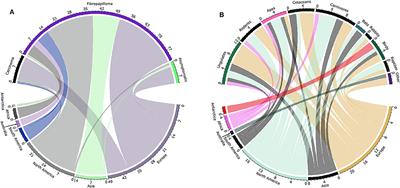ORIGINAL RESEARCH
Published on 25 Oct 2019
Papillomavirus in Wildlife

doi 10.3389/fevo.2019.00406
- 5,976 views
- 14 citations
6,052
Total downloads
35k
Total views and downloads
ORIGINAL RESEARCH
Published on 25 Oct 2019

MINI REVIEW
Published on 16 Apr 2019

ORIGINAL RESEARCH
Published on 04 Dec 2018

ORIGINAL RESEARCH
Published on 04 Dec 2018

SYSTEMATIC REVIEW
Published on 07 Sep 2018
